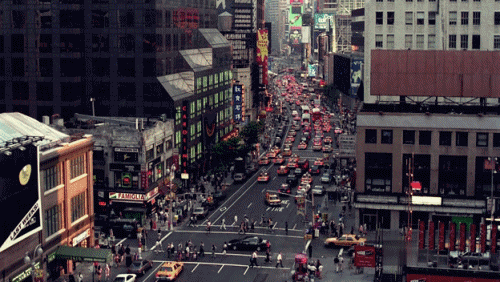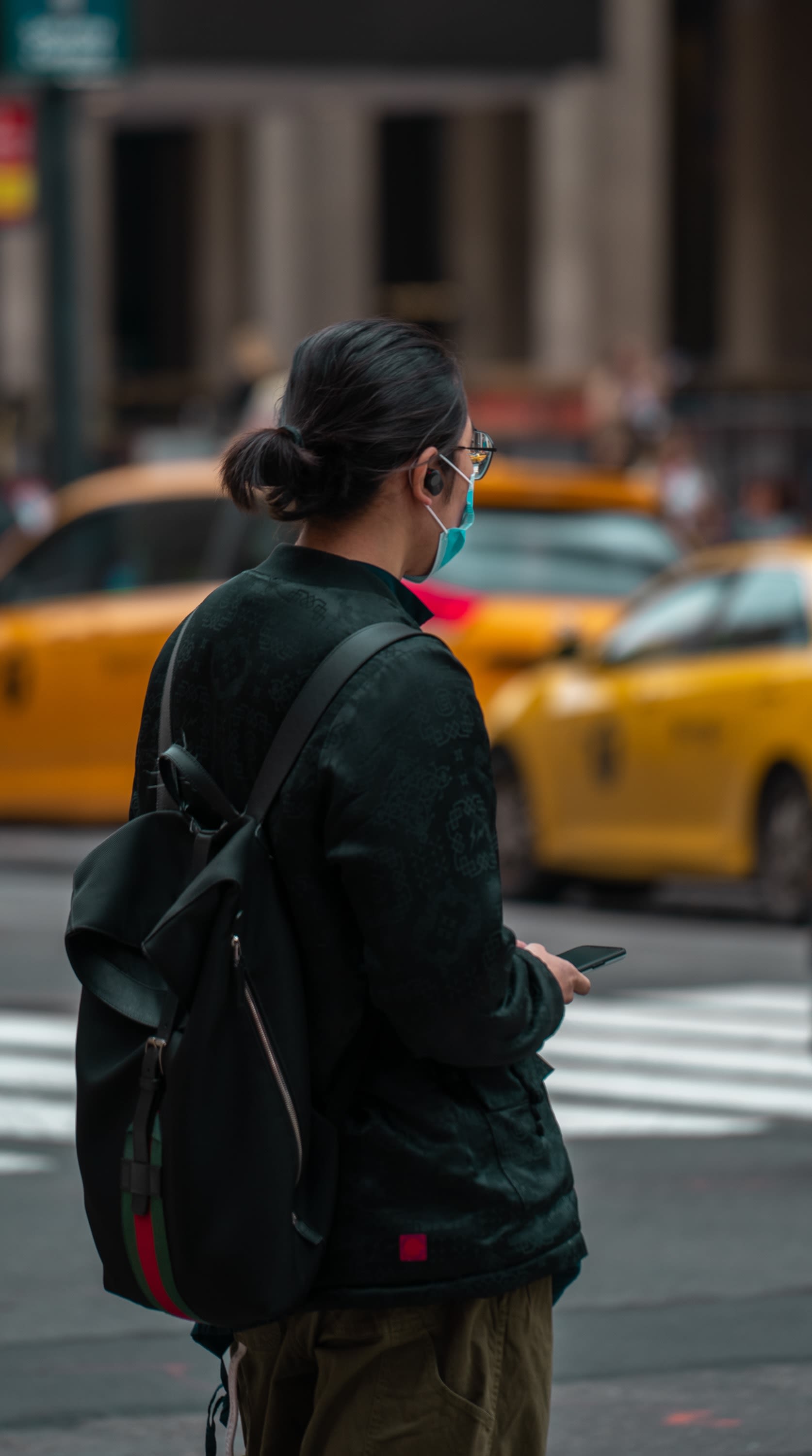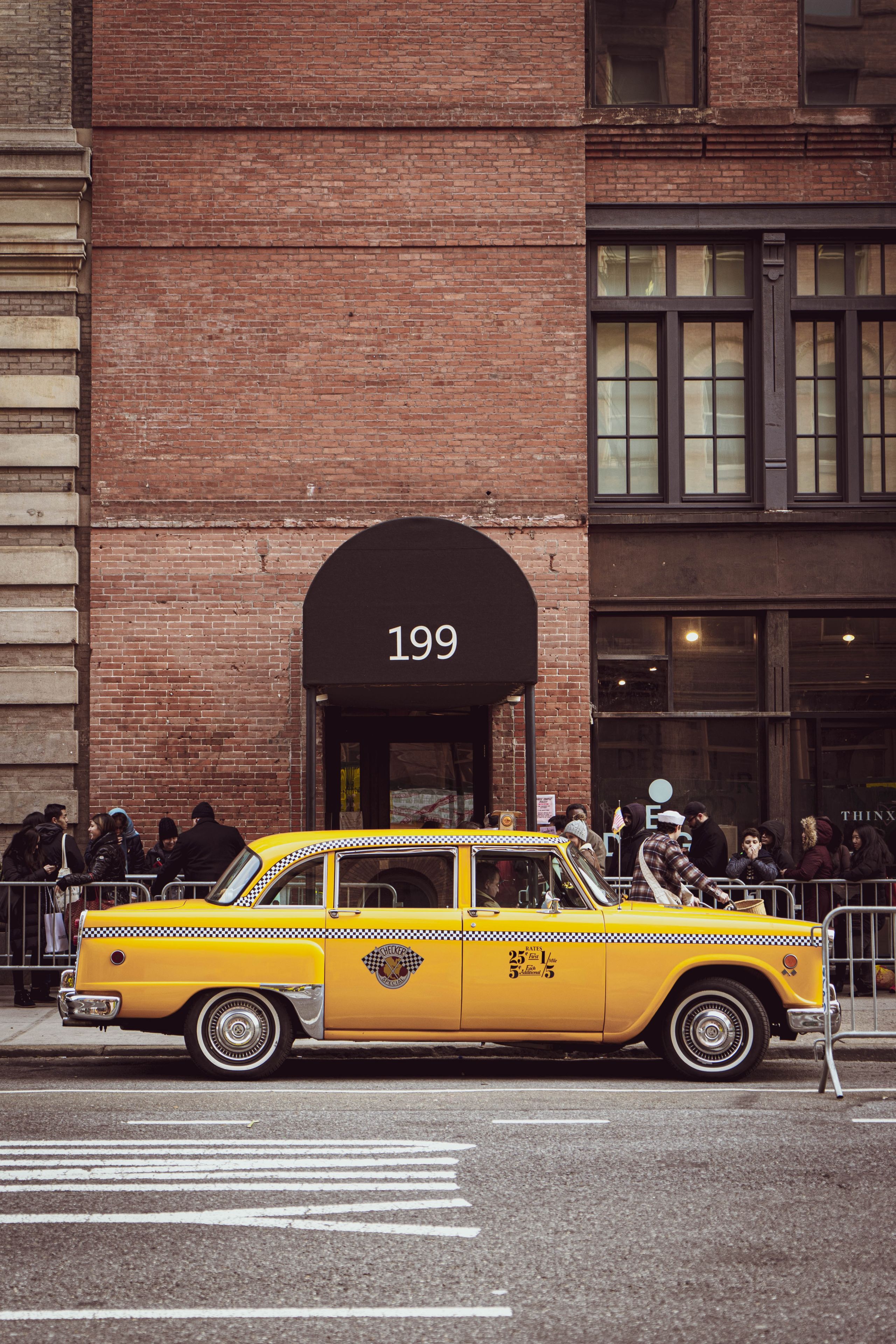IS UBER REPLACING THE NEW YORK YELLOW TAXI TRADITION?
A visual essay to explore the ways transport shapes NY city culture and how technology might be impacting it.

While there are global debates about how For Hire Vehicles, which provide pre-arranged transportation, are being taken over by app-based services, the concern seems particularly relevant in the case of one of the world’s fastest growing cities – New York.
The shift in New York’s transport culture is not new. The city has manoeuvred from horse-drawn hansom cabs to the iconic yellow taxis. Over the last 8 years, the city appears to be drawing closer to another shift in its transport culture. With the introduction of app-based options like Uber and Lyft, yellow taxis seem to be disappearing somewhere in this ever-bustling city.
This article intends to present an empirical and quantitative exploration of the relationship between the advent of app-based vehicles, specifically Uber, and New York Yellow Taxi culture.
Why Has Yellow Taxi Been Synonymous with New York
The significance of yellow taxis in New York is not limited to the roads. Their cultural value surfaces in their dramatic shots in films where there has to be someone rushing to grab a taxi and drive to the airport to confess their love for someone who is leaving.
The history of this culture goes back to 1907 when Harry A. Allen decided to invest in 65 automobiles from France because the fares of the conventional horse drawn carriages did not sit well with him (ClassicNYhistory). Fast forward 365 days and the 65 taxis had multiplied into 700. Soon enough, the market was flooding with investors by late 1920’s and roughly 300,000 yellow taxis had made their way to the roads of New York.
However, the rise was soon curtailed in 1937with the implementation of taxi license and medallion systems. The fleet was cut down to around 11,787. Since then, yellow taxis had dominated the roads of New York for roughly 44 years until 2011 – when the landscape starts to change.

HOW IS UBER PUTTING THE YELLOW TAXI CULTURE IN DANGER?

1) More Trips Per Day
The trends of yellow taxi’s trips per day in 2013 compared with 2014 show a drastic difference of 19,945 trips. This difference appears to be a product of the increasing 26,787 trips Uber and Lyft made in 2014. This change observed over one year time frame serves as a good establishing ground for future trends of the two services.
Zooming out to some fresh data from 2020, the difference becomes more pronounced. The average monthly trips for yellow taxi and Uber differ by around 6,565,801 trips where Uber is making more monthly trips than yellow taxis.
The gap does not represent a lack of demand for these services, but rather alludes to the way Uber has invested in more vehicles and trips per day compared to taxi.
This surge of Uber in Manhattan can be linked to the centrality of Manhattan as the hub of tourist attractions, as well as its financial and commercial value.

slate.com
slate.com
While Uber takes over the heart of New York, it seems like New York too, emerges as one of Uber’s biggest markets in USA. With approximately 30,000 new users trying their first Ubers every week , it appears that something about Uber appealed more to Yorkers compared to the For Hire yellow taxis (slate).
3) Influx of New Vehicles
Tracing the number of new dispatched vehicles over the course of 2015-2021, there is a stark contrast in the vehicles introduced by each service in the market. Uber’s dramatic boom from around 240,000 new vehicles in 2015 sees an exponential growth till mid 2018 with around 860,0000 new vehicles being dispatched. On the other hand, from 2015 till 2018, new yellow taxis making their way on the roads see a reduction of 15,844 taxis.
Does it mean drivers and investors are flooding Uber’s market? Or is there something more to it?
2) Trip-ing to the Heart of New York
While Uber trips present a rising trend, this surge also seems to be coming from geographically specific factors. Uber trips to the five main boroughs; Bronx, Brooklyn, Queens, Staten island, and Manhattan stem from the lack of yellow taxi services making trips to the outer boroughs. Uber appeared to acknowledge the absence and tackled it by expanding their services to and from these boroughs. Out of the five boroughs, 73% of Uber’s trips in 2015 were saturated in Manhattan alone – the heart of New York.
WHAT MIGHT THE FUTURE LOOK LIKE FOR THE TRANSPORT CULTURE OF NEW YORK?

While there has been a steep rise in Uber’s trips and vehicles in New York till early 2019, it is also noteworthy to question the sharp decline in Uber’s activity 2019 onwards. The decline here alludes to two very key factors:
1) Murder of a student of University of South Carolina.
2) Rising COVID-19 cases in New York
Rising Safety Concerns Relating to Uber
With increasing number of vehicles and drivers, the Uber trajectory also faced increasing safety issues. On March 31, 2019 the murder of a student from USC brought a major hit to the ride-hailing service. The girl had got into a car having mistaken it for her ordered Uber. This report raised questions about Uber’s safety particularly with the increasing vehicles around New York. Law makers urged Uber and other app-based services to “display illuminated stickers on their windshields to make it easier for riders to identify vehicles driving for the service.” (The State)
Does this timeline sound familiar?
Rise of COVID-19 also functions as a factor impacting the transport industry. In the case of Uber, the trips fell from 9,836,763 in March to 3,102,835 trips my April. This decline corresponds to the COVID-19 cases that had peaked in April with 12,274 new cases reported on April 4 alone.
What can we predict about the future of Yellow Taxis in New York?
The timeline for yellow taxi's trips per day over the last three years presents a steep decline. From 282,565 trips per day in 2018, the number and decreased to 48,499 trips per day in 2021. This might be hinting at a serious threat to the services of yellow taxis that are being replaced by Uber on the streets on New York.
WHAT IS COMMON IN THE SHIFTS OF TRANSPORT CULTURE AND WHAT DOES IT TELL US?
What impacts the demands for transportation services ?

What do these developments tell us about transportation trends? A single lines answer would say: they are always changing.
The shift of New York’s street culture from horse drawn carts to Yellow Taxis in early 1900’s marked an epoch in the city’s culture. Yellow Taxis gradually overthrew the ‘tradition’ and have been in the New York spotlight for years.
Followingly, the emerging shift to Uber and app-based car services from yellow taxi and FHV might be the next transition. This raises a question on why the need of such a transition surfaces when the transport model appears to be quite similar?
The common theme in both transportation shifts appears to be the preference for comfort and accessibility. In the case of Uber vs Yellow Taxi discussion, the convenience factors can be mapped onto the following:
1) Uber provides fare estimates whereas yellow taxis have no system of pre-calculated fares.
2) Different classes of service offered by Uber with different price structures.
3) Different options for payment: through cash, credit card or other payment applications.
4) Upgraded vehicles in Uber while there is little or no choice in the type of yellow taxi.
5) You do not have to spend time hailing a taxi on the street; with Uber, the ride is a tap away!
DOES CONVENIENCE ALWAYS HAVE TO COME AT THE COST OF STREET CULTURE?

Prior shift in New York transport culture does advocate for convenience coming at the cost of cultural value.
However, there appears to be a common pattern of what stimulates this shift – need for a comfortable and cost and time efficient ways of commute. The early shift from horse carts was also a product of this lack. Perhaps if yellow taxis tweak their model and align it with the convenience factors, these taxis would not have to disappear from the streets of New York, nor would the roads be flooded with added vehicles.
Although the timeline of yellow taxi vs Uber does bear similarity with the transition from horse carriages to taxis, it might not be too late just yet. There’s still a chance for the streets of New York to stay bustling with the picturesque Yellow Taxis.

Citations
"Aggregated Reports - TLC". Www1.nyc.gov, 2021. Online. Internet. 27 Apr. 2021. . Available: https://www1.nyc.gov/site/tlc/about/aggregated-reports.page.
Data.cityofnewyork.us, 2021. Online. Internet. 27 Apr. 2021. . Available: https://data.cityofnewyork.us/Transportation/FHV-Base-Aggregate-Report/2v9c-2k7f/data.
https://www.thestate.com/news/local/crime/article228723134.html.
Backes, Aaron. "History of New York's Yellow Taxi Cab - ClassicNewYorkHistory.com". ClassicNewYorkHistory.com, 2021. Online. Internet. 27 Apr. 2021.
Griswold, Alison. "It Took Nearly Five Years, but Uber Finally Beat New York City". Slate Magazine, 2021. Online. Internet. 27 Apr. 2021. . Available: https://slate.com/business/2015/11/uber-won-new-york-city-it-only-took-five-years.html.
"Newyork Yellow Taxi Trip Data". Kaggle.com, 2021. Online. Internet. 27 Apr. 2021. . Available: https://www.kaggle.com/microize/newyork-yellow-taxi-trip-data-2020-2019.
"Uber Pickups in New York City". Kaggle.com, 2021. Online. Internet. 27 Apr. 2021. . Available: https://www.kaggle.com/fivethirtyeight/uber-pickups-in-new-york-city.
